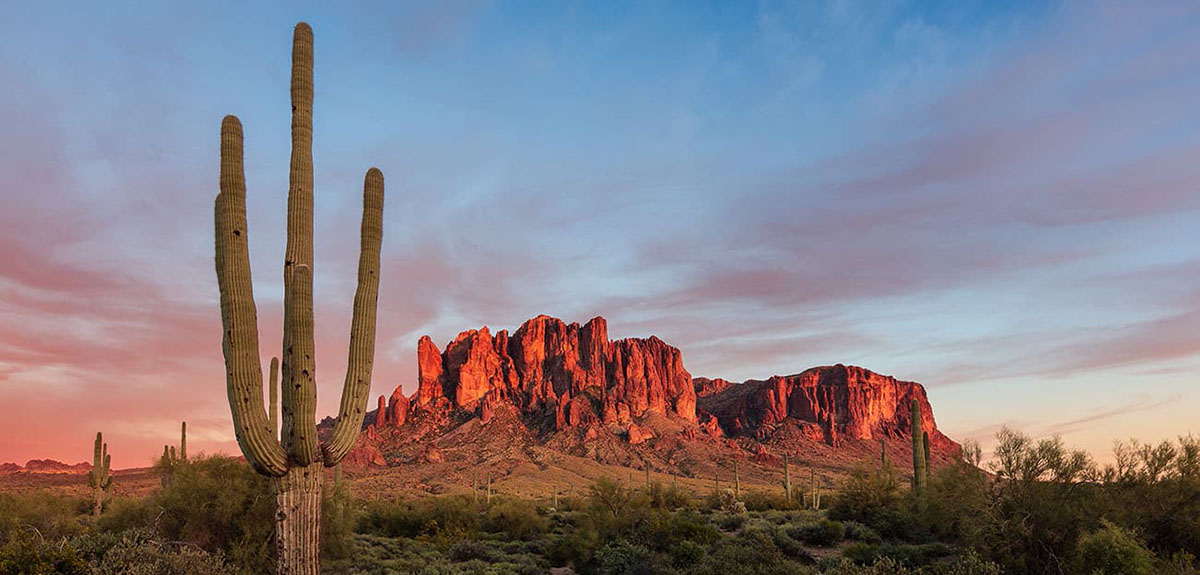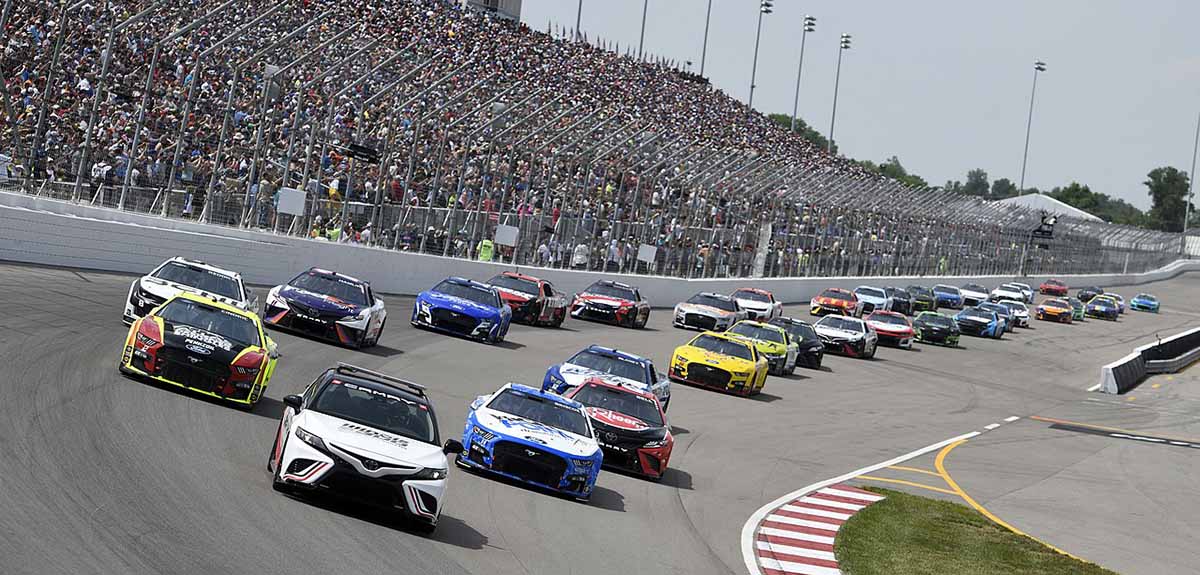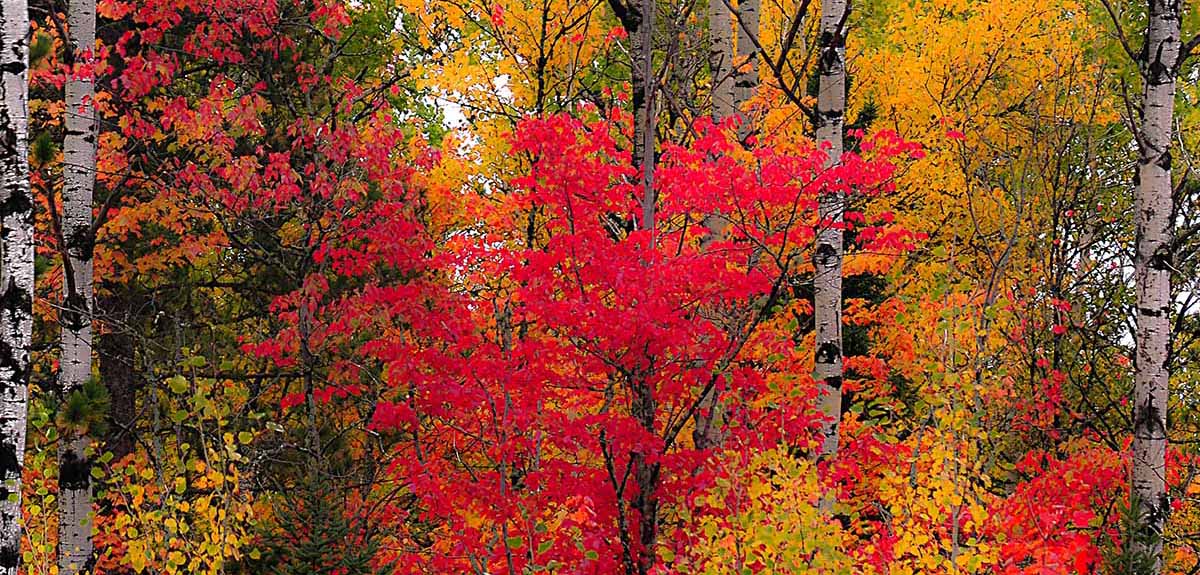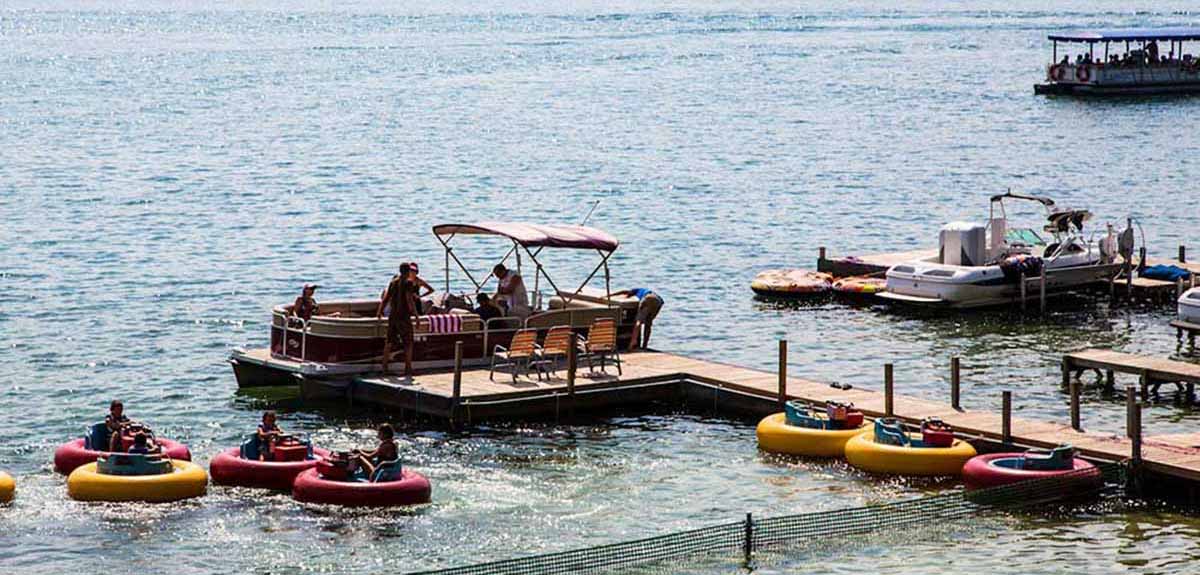RV Trips for Skiing
Image Caption:
Starting in 2006, Bode Miller, the charismatic bad boy of the U.S. Ski Team who won a remarkable six Olympic medals in alpine skiing, spent several years of his downhill-racing career traveling from ski area to ski area in an RV, despite the fact that it was against the team’s rules. Racers were supposed to stay in the team’s designated hotels during the competition season, which spanned from early December through early April. Miller complained that moving from hotel to hotel every few days adversely affected his sleep patterns, which was detrimental to his ability to perform on the slopes.
“It’s completely counterproductive for me,” Miller said in an Associated Press interview at the time. “I need that rest to maintain a level of training and conditioning.”
Miller and his coaches remained at odds about his traveling in his luxurious Concorde motorhome, plastered on the outside with his many sponsors who helped underwrite the cost of it. He recruited a good friend from his hometown of Franconia, New Hampshire, to drive and cook. Not only could Miller sleep in his own bed every night, but he could hang out with friends and family and manage his own meals and travel schedule.
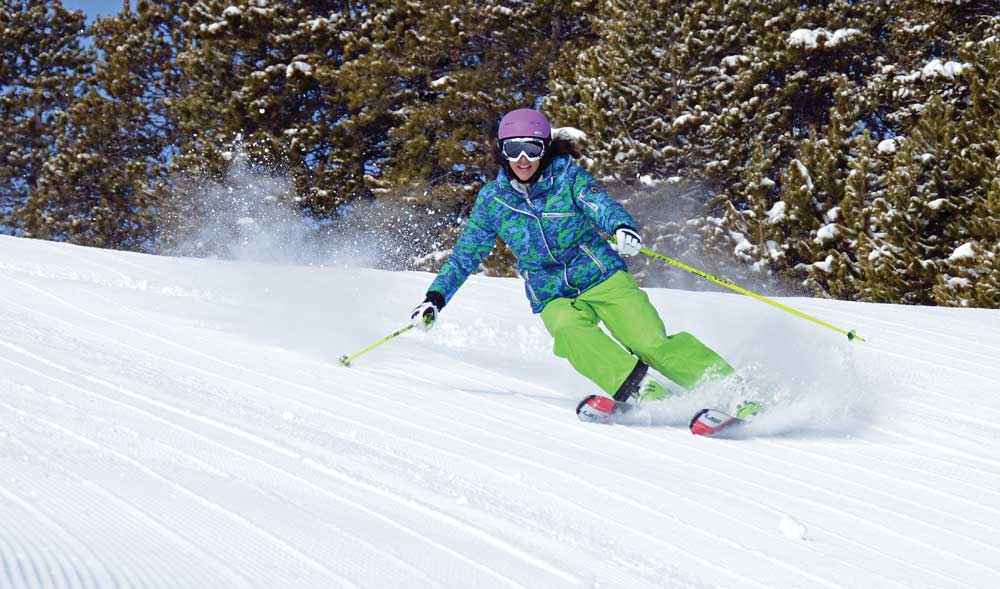
Author Lisa Ballard (above) arcs turns on a corduroy-groomed slope. Traveling by RV to ski and snowboard destinations puts you where the action is. The author’s son, Parker Densmore (top photo), takes to the air in a terrain park at Big Sky, Montana. Photos by Lisa and Jack Ballard
When the Winter Olympics in Italy arrived that February, he opted out of the Olympic Village. Instead, he parked his RV near the slopes in Sestriere, where the men’s alpine events took place. He used the same lot as the television-production trucks, which also provided him with plenty of security.
Miller was not the first person to use an RV for his lodging at a ski area, but he definitely started a trend among top athletes. His teammate Daron Rahlves, who won three world championship medals and the famous Hahnenkamm downhill in Kitzbühel, Austria, followed Miller’s lead and began traveling in his own RV to ski races with his wife and dog.
Today, at many World Cup events, not just for alpine skiing but for all on-snow events, you’ll find athletes in their RVs for the same reasons as Miller and the rest of us, regardless of the time of year. It’s our own place on wheels.
RVing in Snow Country
Since then, camping at ski and snowboard resorts has become more and more popular. Mercedes Sprinters and similar small motorhomes are common sights in ski towns because they are nimble enough to maneuver around town yet big enough to be comfortable on a multiday trip. A trailer is arguably even better than a motorhome because you can unhitch your vehicle and be free to drive around.
If you’re thinking of an RV trip that incorporates skiing, snowboarding or other winter sports, here are some things to consider:
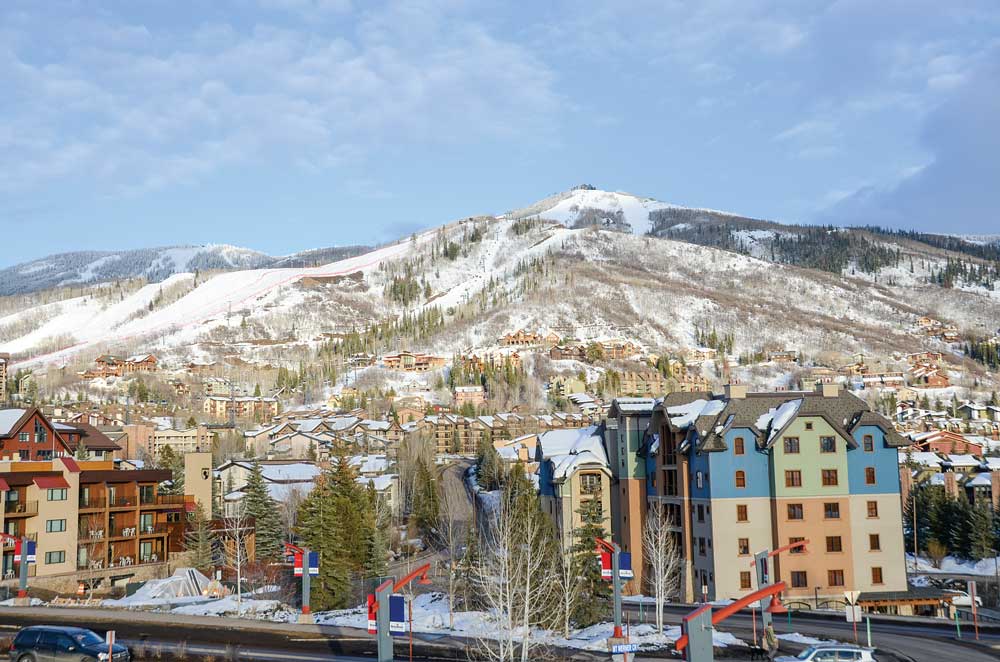
Steamboat Springs, Colorado
Camping at Ski Areas
In addition to sleeping in your own bed and having the luxury of being lax about packing, one of the prime reasons for traveling to a ski resort in an RV is saving money on lodging, even more so than in the summer. While it may be prime time at the ski resort’s hotels, it’s off-season at local campgrounds. In fact, many are not open, and those that are may have limited amenities compared to the summer. It’s important to plan ahead, not only to reserve a spot, but also to know what’s available when you get there.
Consider the elevation where you are planning to camp, too. Temperature decreases 3 to 5 degrees Fahrenheit for every thousand feet of elevation gained. Camping 10 miles down-valley from the resort might not be as convenient to the slopes, but it can make a big difference warmth-wise.
Ski Area Parking Lots
Many ski areas allow RVs to park overnight in a designated lot, but only for a limited number of days and sometimes for a limited number of RVs. You probably won’t find any hookups. What’s more, you may have to move at some point during the night or very early in the morning so the plows can clear snow. On the bright side, you’ll wake up virtually slope-side, ready for first tracks!
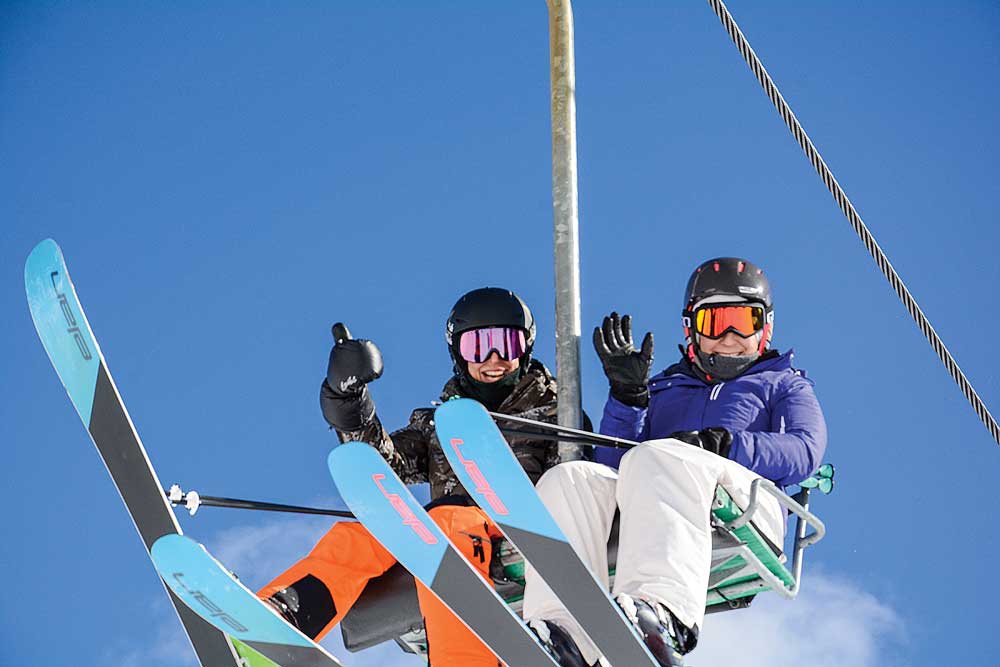
Mount Spokane, Washington
Winter Extras
Snow may be your friend on the slopes, but it can be a foe in a campground. RVing for skiing and snowboarding is similar to any winter RV camping. You need to be prepared to protect your RV against the cold and for snow removal.
Campgrounds typically plow their roads and common areas, but you may need to keep the area immediately surrounding your RV clear of snow, as well as the roof of your rig, which is not designed to bear heavy loads. Pack a snow shovel. Consider bringing a small snowblower, too, especially if your RV has a large toy box or storage area where you can easily transport it.
Keeping yourself and your RV warm is also a concern. Most RVs are not as well insulated as houses, so you will definitely go through a lot of LP-gas, even if you supplement with portable electric heaters. It’s worth watching the weather before you leave. If temperatures where you’re camping are going to be below 20 degrees, consider rescheduling, or at least bringing lots of extra blankets or sleeping bags rated for subzero temperatures, in case you run out of LP-gas during the night.
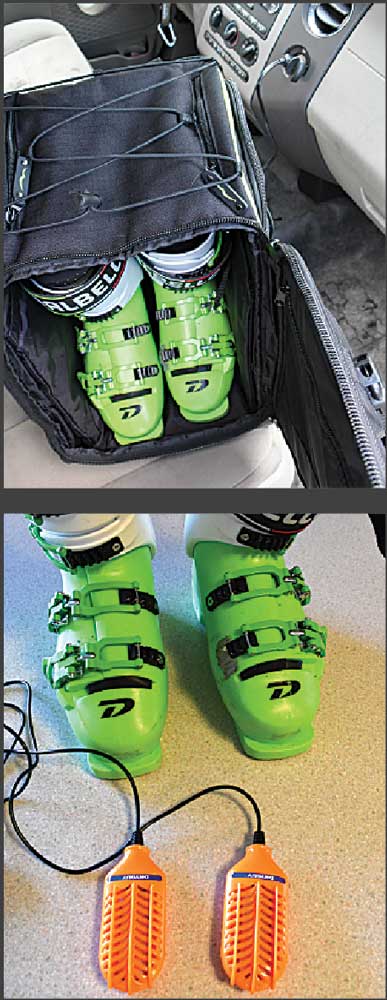
Toasty Feet: To dry your boots overnight, put them inside a heated Transpack boot bag (top) or insert portable boot dryers inside them (above). Both devices plug into a vehicle’s lighter or a wall socket.
Even if you don’t mind sleeping in such cold, it’s tough on your RV. Unless you keep it moderately warm, moisture will accumulate on the inside from your breathing, cooking, use of the bathroom, and as your clothing and gear dries out overnight, which can ice up windows, doors, floors, walls and ceilings. Consider bringing a small dehumidifier to help control humidity inside.
Skis and Snowboards
One of the biggest challenges of skiing and RVing is moisture management inside your RV. What you do with skis, snowboards, boots and other gear can have a big impact. If you need to store your gear inside your trailer while traveling to a ski area, consider putting your skis and poles, or snowboard, inside a bag, which keeps them together and prevents them from dinging up the walls, furniture and floor. However, once they are snowy and wet from use, if you put them back in a bag and zip it up, the edges will rust.
Ideally, you should store your skis and poles, or snowboard, at the ski area’s ski-check or in a rented locker, which is secure and also allows them to dry overnight away from your RV. If this is not an option and you’re driving an SUV, clear off the snow and water as much as possible from your gear, then store them in your tow vehicle rather than your trailer. Store them inside your RV only as a last resort.
Snow Boots
Boots are a different story. They need to dry thoroughly overnight for your feet to be warm on the slopes the next day, so they need to be inside where it’s warm. To help them dry out, consider an electric boot dryer. There are three types: the kind that slides inside your boots and emits a low heat, the kind that blows air into your boots, and a boot bag that emits a low heat and plugs into an outlet in your RV or the 12-volt lighter socket. All three types of boot dryers should be used only if you have an electric hookup, as they require an overnight cycle to work.
If the campground has laundry facilities, it’s worth throwing your wet ski clothes in the dryer rather than trying to dry them inside your RV. They’ll dry more quickly and thoroughly, and they won’t contribute to the interior humidity level.
Lift Tickets
Staying in your RV certainly makes skiing and snowboarding more affordable compared to staying in a hotel room and eating every meal in restaurants. You can also reduce the cost of your lift ticket if you plan ahead. Many ski resorts belong to pass partnerships. Epic Pass (Vail Resorts) and Mountain Collective are the most well-known. If you buy one of these passes, you can ski or snowboard at a number of resorts around the United States and Canada. The majority of regional resorts also honor season passes from other designated mountains. If you plan to ski at only one place, you can often find discounts on lift tickets if you purchase them online ahead of time.
Bottom Line
There’s no need to leave your RV at home on your next ski and snowboard trip. You’ll find the same convenience and camaraderie at campgrounds in the winter as in the summer, and you’ll save money. And you’ll double the feeling of freedom by both camping and gliding down a mountain!

